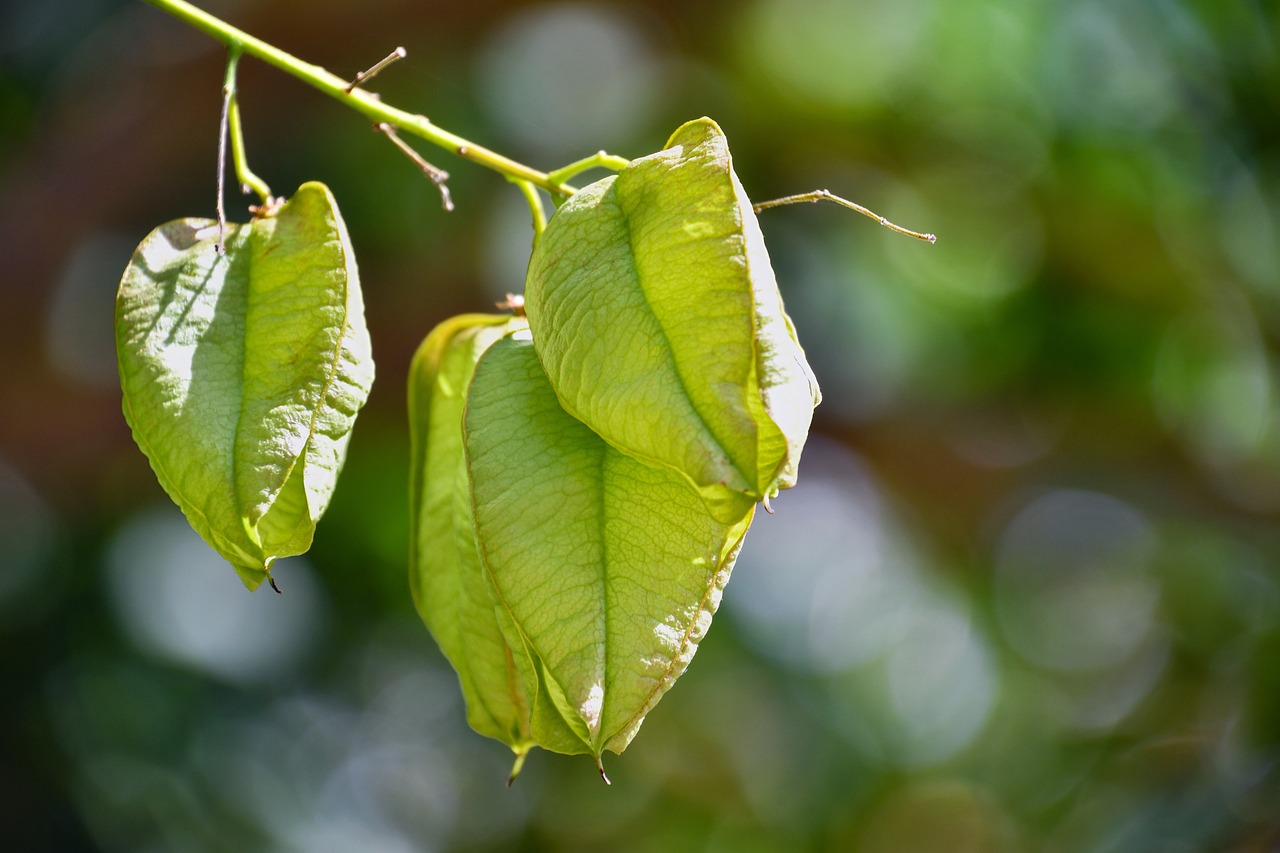
Koelreuteria and Planting: A Comprehensive Guide
Introduction
In the world of landscaping and gardening, Koelreuteria stands out as an exceptional choice for those seeking to add both beauty and functionality to their outdoor spaces. In this comprehensive guide, we will delve into the fascinating world of Koelreuteria and explore everything you need to know about planting and caring for these remarkable trees. From understanding the different species to planting techniques and maintenance tips, we’ve got you covered.
The Beauty of Koelreuteria
Koelreuteria trees are renowned for their ornamental appeal. Their vibrant yellow flowers, often likened to small bursts of sunshine, add a cheerful touch to any landscape. These flowers are held in large, showy panicles that can measure up to 12 inches in length, creating a stunning visual display during their blooming season in late spring to early summer.
The leaves of Koelreuteria trees are equally captivating. They are pinnately compound, meaning they consist of several smaller leaflets arranged along a central stem. The foliage of Koelreuteria can be compared to delicate ferns, with a feathery and airy appearance. As the seasons change, the leaves undergo a mesmerizing transformation. In the fall, they turn brilliant shades of red, orange, and yellow, making Koelreuteria a showstopper during the autumn months.
Selecting the Right Koelreuteria Species
When planning to plant Koelreuteria in your garden, it’s essential to choose the right species for your climate and space. Here’s a closer look at some popular varieties:
- Koelreuteria paniculata (Chinese Flame Tree): This is perhaps the most commonly cultivated species. It’s prized for its stunning yellow flowers and vibrant fall foliage. It can grow up to 30 feet in height, making it suitable for larger gardens.
- Koelreuteria bipinnata (Chinese Flame Tree): Also known as the Chinese Flame Tree, this species is known for its bipinnately compound leaves and a more compact growth habit, making it suitable for smaller spaces.
- Koelreuteria elegans (Chinese Flame Tree): This variety features elegant, finely divided leaves and a slightly more delicate appearance compared to its counterparts.
Planting Koelreuteria for Success
While Koelreuteria trees are relatively low-maintenance, there are some key tips to ensure their success in your garden:
- Mulching: Applying a layer of organic mulch around the base of the tree helps retain moisture, regulate soil temperature, and reduce weed competition. Be sure to keep the mulch away from the tree trunk to prevent rot.
- Watering: During the tree’s establishment period (the first year or two), ensure it receives regular watering. Once established, Koelreuteria trees are relatively drought-tolerant but benefit from occasional deep watering during dry spells.
- Pruning: Prune your Koelreuteria tree selectively to maintain its shape and remove any dead or diseased branches. Avoid excessive pruning, as these trees naturally have an attractive, open canopy.
Koelreuteria and Wildlife
Koelreuteria trees play a vital role in attracting wildlife to your garden. The abundant flowers provide nectar for pollinators, such as bees and butterflies. Additionally, the tree’s fruit capsules contain seeds that attract various bird species, adding an element of life and movement to your outdoor space.
Beyond Beauty: Koelreuteria’s Historical Significance
Apart from their aesthetic value, Koelreuteria trees have cultural and historical significance. In China, they are often associated with good fortune and prosperity, making them a popular choice for planting near homes and temples.
Conclusion
In conclusion, Koelreuteria trees are not only visually striking but also relatively easy to care for, making them an excellent addition to any garden or landscape. Whether you opt for the Chinese Flame Tree or another species, their vibrant blooms, stunning foliage, and contribution to wildlife make them a worthwhile investment. Plant one in your garden, and you’ll enjoy its beauty for years to come.
FAQs (Frequently Asked Questions)
- Can I grow Koelreuteria trees from seeds?
Yes, it’s possible to grow them from seeds, but it may take longer to see the desired results compared to planting young saplings. - Do Koelreuteria trees require specific soil pH levels?
These trees are adaptable to a range of soil types and pH levels, but they thrive in well-drained, slightly acidic to neutral soil. - Are Koelreuteria trees suitable for urban planting?
Yes, many Koelreuteria species are suitable for urban environments due to their adaptability and relatively compact size. - How do I deal with pests and diseases on my Koelreuteria tree?
Regular inspection and prompt treatment with appropriate remedies can help manage common pests and diseases. Consult with a local nursery or arborist for guidance. - Can I propagate Koelreuteria through cuttings?
While it’s possible to propagate Koelreuteria through softwood cuttings, it can be challenging. Most gardeners prefer to grow them from seeds or purchase young plants from nurseries for easier success.